Get the Look: The Ultimate Guide to Curtains and Drapes
It’s a common mistake: thinking "curtains" and "drapes" are just two words for the same thing. But the truth is, the difference between them is as significant as the difference between a light summer breeze and a cozy winter blanket. Choosing the right one isn't just a matter of terminology; it's about mastering the mood of your room.
This guide will walk you through everything you need to know, transforming you from a window-covering novice into a confident home stylist. Let's get started.
Curtains vs. Drapes: Understanding the Key Players
Curtains: The Essence of Casual Charm Think of curtains as the versatile, everyday shirt in your home’s wardrobe. They are typically unlined and crafted from light, breathable fabrics like cotton, linen, or polyester. Their purpose is to gently filter light, lend privacy, and add a touch of color and personality to a room. From breezy sheer panels to simple cotton prints, curtains are the go-to for creating a bright, relaxed, and welcoming atmosphere in spaces like kitchens, bathrooms, and casual living areas.

Drapes: The Definition of Elegance If curtains are the shirt, drapes are the tailored velvet blazer. Crafted from heavy, opulent fabrics like velvet, silk, or damask, drapes are a statement of formality and elegance. Always lined—often with blackout or thermal layers—their job is to command a room, offering superior light control, insulation, and a rich, luxurious ambiance. Their dramatic, floor-puddling length is a signature of sophisticated interior design, making them perfect for formal dining rooms, master bedrooms, and grand living spaces.

For a quick look, here’s how they compare:
| Aspect | Curtains | Drapes | Similarities |
| Function | Gently filters light, adds style | Controls temperature, blocks light & noise | Both provide privacy and light control |
| Texture | Unlined, soft, and airy | Lined, weighty, and structured | Both can be lined for added function |
| Fabric | Cotton, linen, polyester, sheer fabrics | Velvet, silk, damask, jacquard | Patterns and colors can be similar |
| Length | Window sill or floor-length | Always floor-length, often puddling | Both hang from rods, hooks, etc. |
| Maintenance | Typically machine washable | Often require professional dry cleaning | Require regular care to look their best |
| Cost | More affordable | A higher-end investment | Price varies by fabric and design |
When the Lines Blur: How Curtains and Drapes Overlap
The primary reason people confuse the two is that modern design loves to blend elements. A heavy, lined cotton panel might feel like a drape but be sold as a curtain. Here’s how they can borrow from each other:
-
Fabric Weight: A blackout curtain, made from thick, lined material, performs the light-blocking function of a drape. Conversely, an unlined drape made from a lighter-weight silk can feel as airy as a luxury curtain.
-
Length: While curtains can be short, floor-length curtains are very popular and can easily be mistaken for drapes, especially if they are designed to "kiss" the floor.
-
Texture and Formality: Adding pleats, thermal lining, or pairing simple curtains with ornate hardware can instantly elevate them, giving them a more structured, drape-like appearance.
How to Decide: Choosing the Perfect Fit for Your Home
So, how do you choose the perfect fit for your home? It comes down to four key considerations.
1.Start with Function: What Does the Room Need?
First, think about purpose. A kitchen window bathed in morning light has different needs than a bedroom requiring total darkness.
-
Bedrooms: Drapes are the superior choice for their light-blocking and insulating properties, promoting a serene environment for sleep.
-
Living Rooms: This is flexible. Airy curtains create a casual, social vibe, while dramatic drapes lend a touch of drama and sophistication.
-
Kitchens & Bathrooms: Lighter, shorter curtains (like cafe curtains) are practical. They offer privacy without blocking light and are easier to keep clean in high-traffic areas.
-
Home Office: Drapes are excellent for blocking glare on screens and minimizing outside distractions.
2. Define Your Style: Casual Comfort or Formal Elegance?
Your home’s existing decor is your guide. Are you aiming for a relaxed, farmhouse feel? Curtains in natural fabrics are a perfect match. Are you cultivating a more formal, classic, or glamorous space? Drapes will provide that polished finish.
3. Consider the Room's Palette: Blend In or Stand Out?
Look at your wall color and furniture. Do you want your window treatments to be a quiet, harmonious backdrop? Choose a color a few shades lighter or darker than your walls. Do you want them to be a focal point? Opt for a bold pattern or a complementary color that pops.
4. Factor in Your Budget: Smart Style at Every Price Point
Generally, due to lighter fabrics and simpler construction, curtains are more budget-friendly. Drapes, with their heavier, lined materials, represent a bigger investment. Knowing your budget helps narrow the options without compromising on style.
Our Recommendations: A Look for Every Room
Ready for some inspiration? Here are a few of our favorites and how they fit into different spaces.
| Our Recommendation | Type | Best For | Style & Pattern |
| Zen Linen | Hybrid Drape | Bedrooms and living rooms | Linen Texture Pattern |
| June Sheer | Curtain | Kitchen, sunroom, or as a layering piece | 3D Vertical Stripes |
| Alma Linen | Drape | Living rooms, Home offices | Diamond Pattern |
| Margot Imitation | Drape | Formal living rooms, Bedrooms | Checkered Pattern |
| Aria Cotton | Curtain | Kitchens, Open-concept spaces | Textured Jacquard Check |
Frequently Asked Questions (FAQs)
Do drapes always have to touch the floor? Yes, that is their defining characteristic. Proper drapes are always floor-length and often "puddle" slightly on the ground for a look of luxury.
Which is a wiser investment? The "wiser" investment is the one that best serves the room's function and your long-term style. A high-quality drape can last for decades and provide energy savings, while the right curtain can perfectly complete a room at a modest cost.
Can I get the light-blocking effect of drapes with curtains? While traditional curtains filter light, a "blackout curtain" is a modern hybrid. It’s built like a curtain but features a special lining to block light effectively, offering the best of both worlds.
Can you layer curtains and drapes? Absolutely! This is a classic designer trick. Mounting a double rod allows you to hang sheer curtains on the inner layer for daytime privacy and heavier drapes on the outer layer for nighttime darkness and insulation.
The Final Verdict
Ultimately, the choice between curtains and drapes is about intent. Are you dressing a window, or are you designing an atmosphere? Curtains offer breezy, everyday charm, while drapes provide dramatic, luxurious depth. By understanding the unique power of each, you now have the vocabulary to tell the perfect story for your space.
Ready to find the final piece of your design puzzle? Explore our curated collections of curtains and drapes and bring your vision to life.
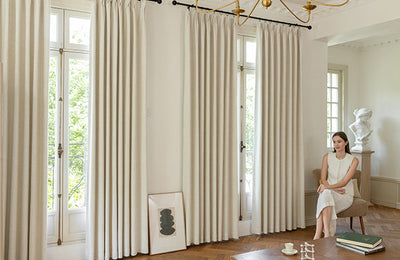
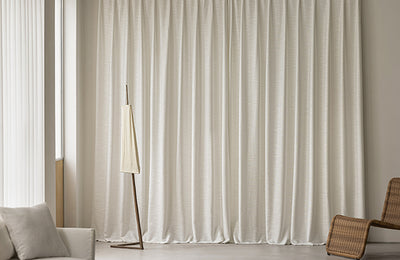
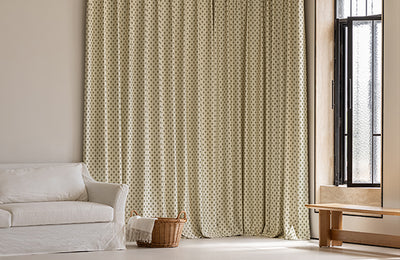
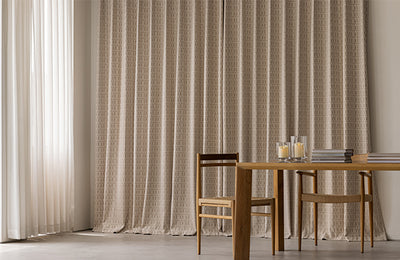
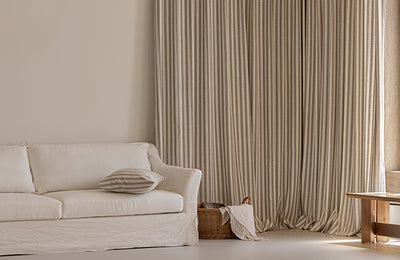
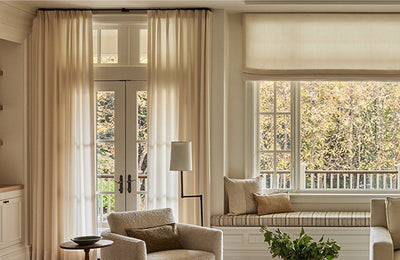
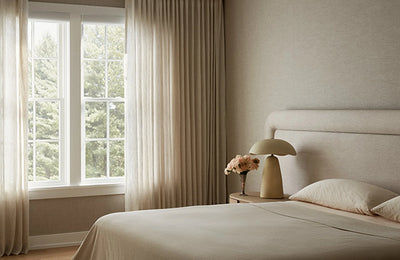
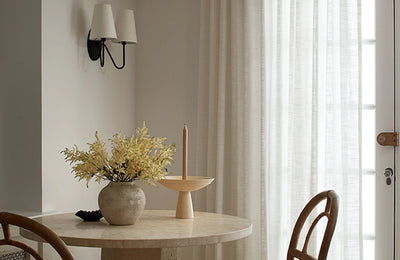
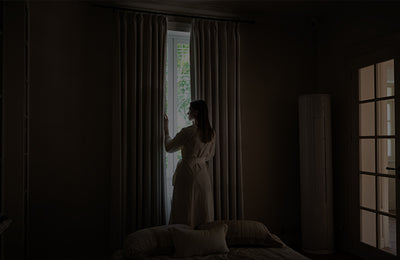
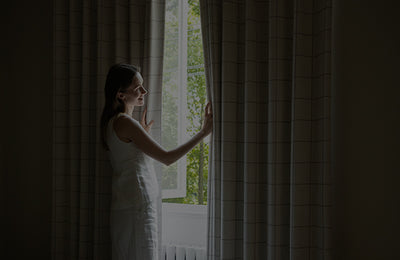
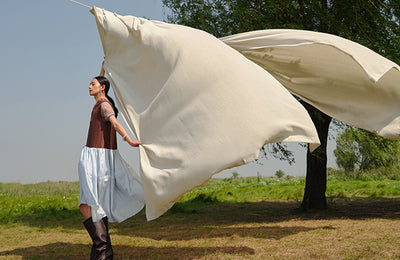
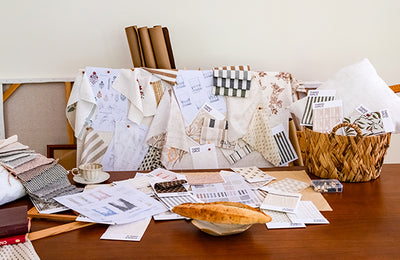
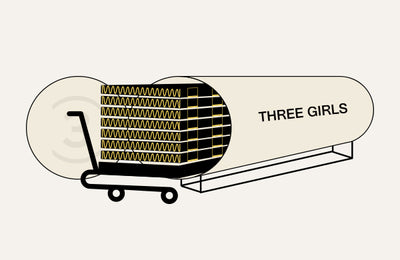
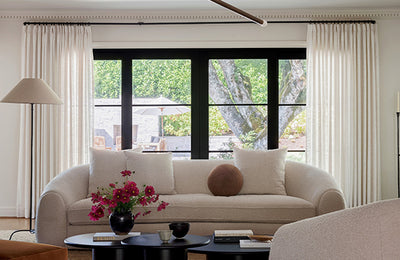
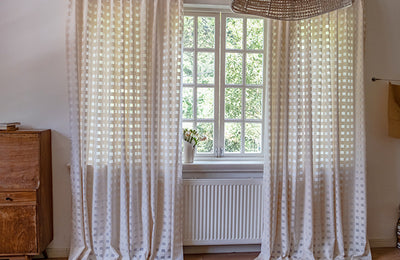
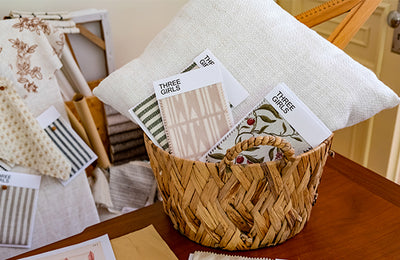
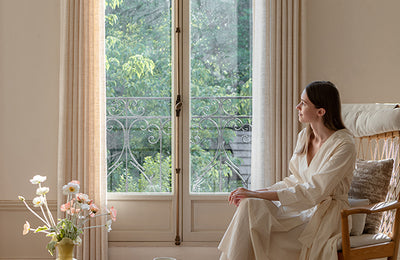
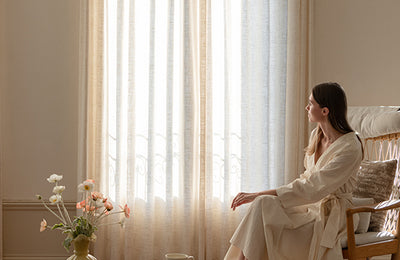

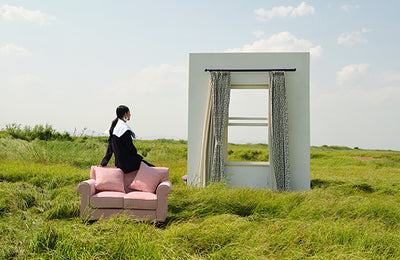
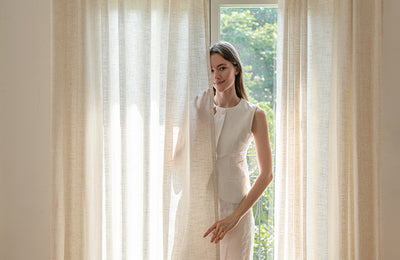
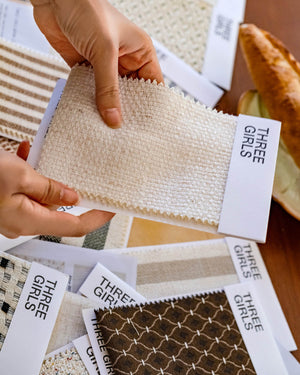


Dejar un comentario
Todos los comentarios son moderados antes de ser publicados.